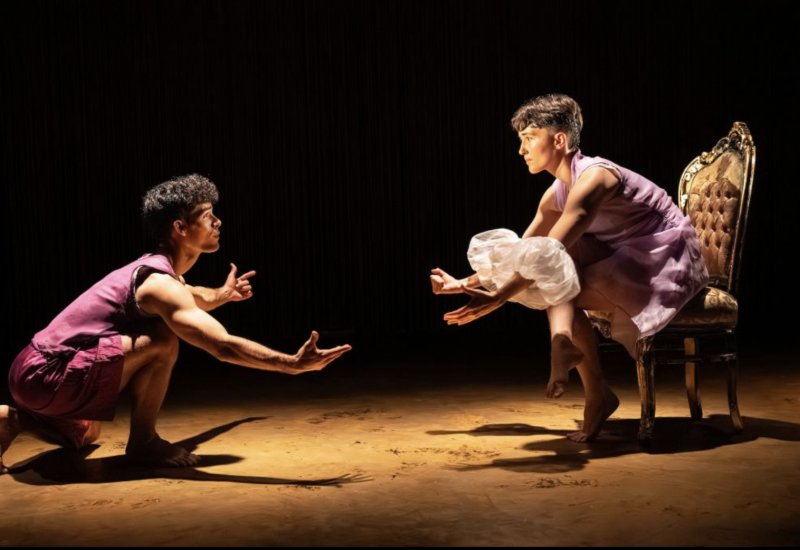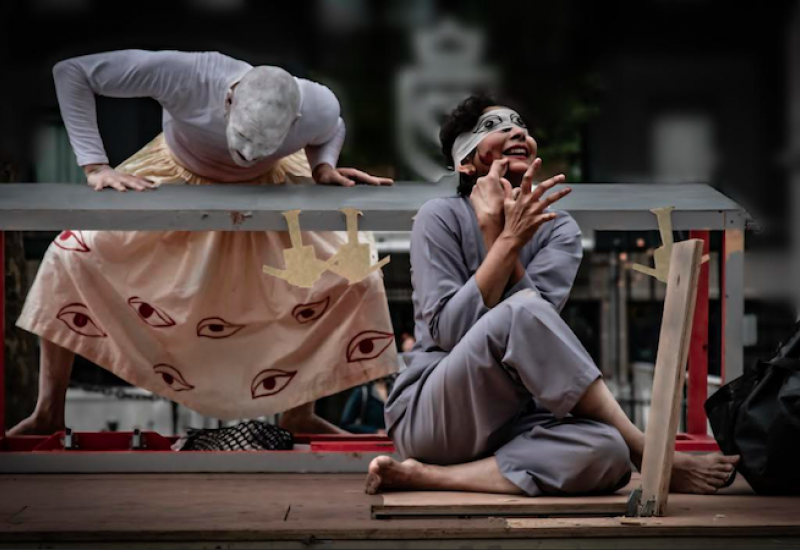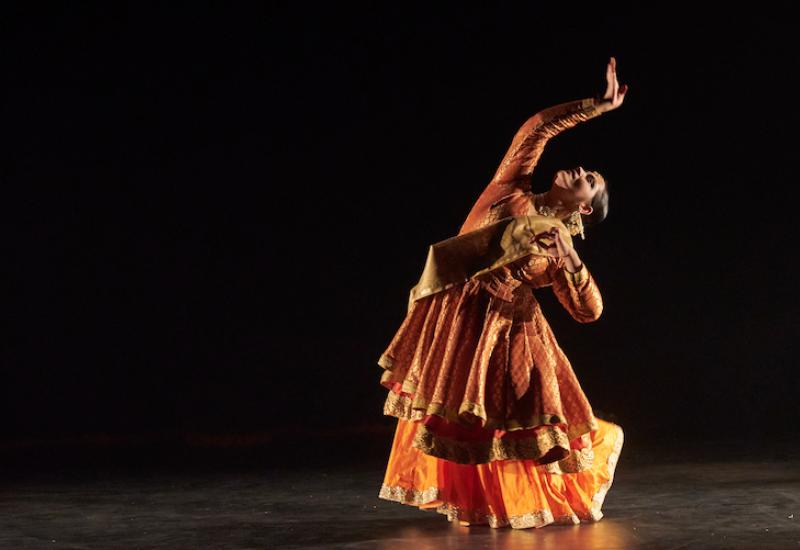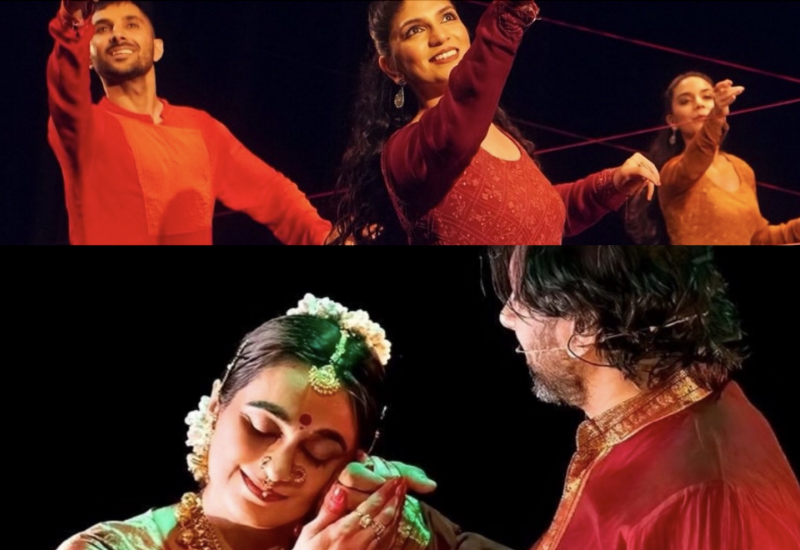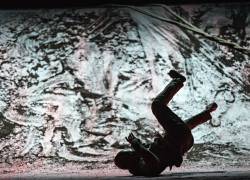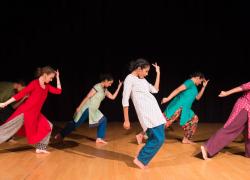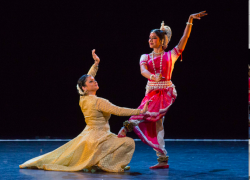Hot Under the Collar
Dancer Sooraj Subramaniam is unsettled by the popular and potent Childish Gambino video, 'This is America'.
How does one explain the urgency in movement? What is it that makes us want to dance? What is it about a pulse that urges us to find resonance and groove to it? Perhaps it goes back to some primal boom, whether making stardust or climbing out the oceans. Clearly, words aren’t enough, that is why we dance.
There’s a music video doing the rounds the last couple of months. It’s a potent soundtrack, all base and groovy. And if I didn’t hear the words or see the images—as is most often how I happen to enjoy music—then it’s a pretty groovy tune. And almost as if to prove my point, the week after I’d first seen the clip I heard it being played at a dance club. People fully absorbed in some sexy self-image catalysed by this song. Raw, someone called it.
I of course fell for the click-bait title (“This is America”—considering everything in the news these days how could I resist?), and went in expecting something more than music to happen. At the opening scene, when the rhythmic pulse begins, I’ll admit I was moving my head and body, dipping slightly at the ribs in rhythm, even while seated at the dining table.
In seconds, however, this would change. With a bang(!) my hitherto curiosity would morph into horrified silence, despair and marvel. Like vacant ghosts they floated around and through me.
Art entertains and delights. Even in contention it requires some kind of fascination from both practitioner and consumer in order to engage with it. Why else would we do it? Goes without saying that art is rich, layered and complex: if it isn’t reflecting back at us our humanity it nurtures our minds and nourishes our hearts.
Art also elicits an extraordinary process: it allows us to feel for the sake of it, and perhaps later, if we’re lucky, we may have an awareness of what those feelings are. We may rejoice yet at suggestions of the extraordinary. We realise then that artistry is possible because of cleverness: we marvel at the manner in which artists have left us clues for the deciphering. And when we’re able to see this cleverness, when the machinations of the artistry are revealed to us, our fascination (and awe and perhaps respect) increases manifold.
The artist has to make a point, with a limited medium and within a limiting time frame. It’s their job to be succinct. It is, therefore, entirely their preserve to craft their message-making with cleverness, parcel it with style, into however long it takes to make a point; in this case 4:04 minutes.
It would be demeaning, however, to respond to such potency with brevity. That would be a rebuke, if anything. What happens when the consumer makes short work of the wrapping, paws stickily at their new toy, breaks it rapidly to find some small thing of fascination, and quickly discards the inconvenient truths that encase it all?
Just enjoy the African movements, a friend said. I’m not sure I let her know how I felt by that suggestion. I remain conflicted.
How does one reduce the harrowing experiences portrayed in this video into a consumable soundbite? Isn’t this precisely the thing that happens to black and ethnic minority artists—that they are stripped of their humanity only to be gawked at for their ‘brute musculature’, for their ‘vibrant colours’ and ‘exotic flavours’? The messenger consumed, the message forgotten about. I despair: is this all humans do with everything, consume senselessly, taking carelessly to sate greedy appetites?
I’m indignant. But I ask at the same time if indignation solves any problems. Does getting hot under the collar over a video clip address racism, discrimination, rampant objectification?
The clip is meant to be be discomfiting. It is there to provoke, to question. The medium of dance and music, in this instance at least, is potent. The clips draws attention to bodies because it is to bodies that (bad) things happen. To reduce this experience to be merely of the body, now that is fallacious. Because those bodies concern people. And therefore humanity. How is it possible, then, to see such a dance that contains so much of the pain and suffering endured by a people, and perceive only the physical objects that sate our desires?
In conversation with a friend I responded thus:
You're right, a lot of Indian classical dance is about meaning-conveying. But there's an equally abstract part.
I'm not sure if in this clip the dance is all that divorced from the story. I think perhaps we're able to feel that it is because African dance moves have informed and been subsumed into popular dance forms (breakdance, hiphop) such that we don't recognise them any longer for their origins. This clip highlights exactly this irony, that society is able to look past the essence of things and simply take for consumption the tokens.
I feel the dancing points very specifically to the African-ness of the protagonist(s), and how race has been made problematic in places like the USA. But as usual the punters take what they want, the catchy tune and groovy moves, and see past the message, considered an inconvenient side-effect. I come to this conclusion from reading too many comments.
If I sound cynical it is because I am.
Apologies.








